

Similar to Après le déluge
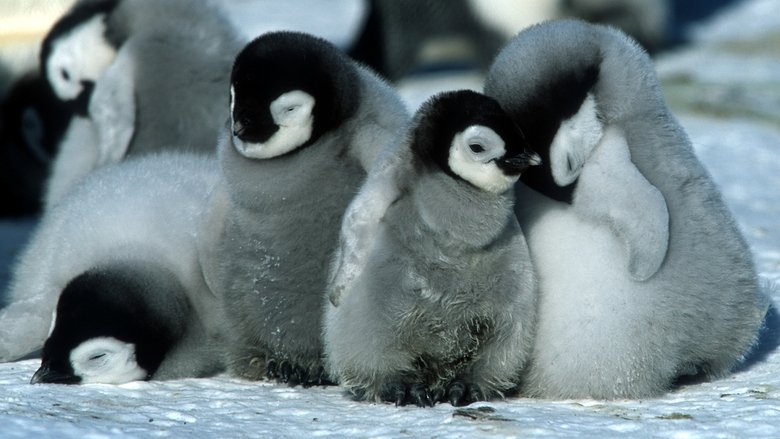
March of the Penguins (2005)
Every year, thousands of Antarctica's emperor penguins make an astonishing journey to breed their young. They walk, marching day and night in single file 70 miles into the darkest, driest and coldest continent on Earth. This amazing, true-life tale is touched with humour and alive with thrills. Breathtaking photography captures the transcendent beauty and staggering drama of devoted parent penguins who, in the fierce polar winter, take turns guarding their egg and trekking to the ocean in search of food. Predators hunt them, storms lash them. But the safety of their adorable chicks makes it all worthwhile. So follow the leader... to adventure!!
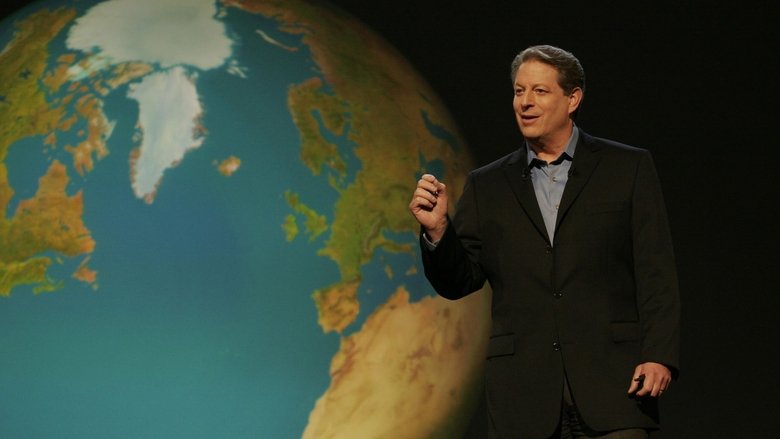
An Inconvenient Truth (2006)
A documentary on Al Gore's campaign to make the issue of global warming a recognized problem worldwide.
Untenable Pantanal (2024)
Luciano Candisani, award-winning Brazilian photographer, returns to the Pantanal, the world’s largest floodplain, to document its biodiversity and raise awareness about severe environmental threats. The region faces drastic water flow changes and unprecedented fires, yet Candisani finds hope and resilience amidst the challenges.
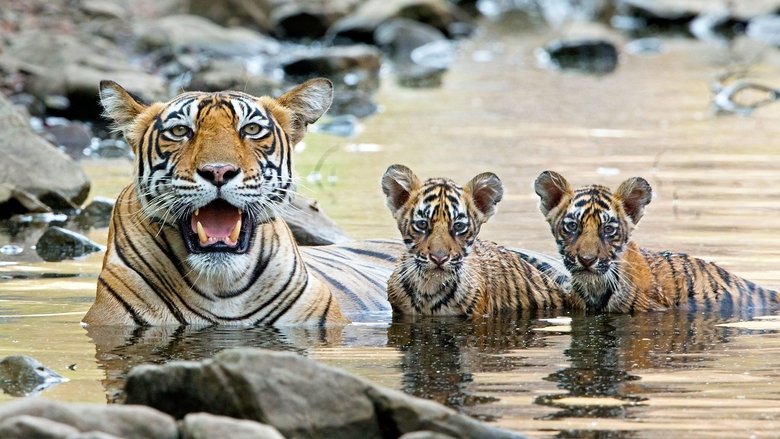
Growing Up Wild (2016)
Life is an adventure - especially for a newborn animal who has so much to learn. "Growing Up Wild" takes audiences to the wildest corners of the planet to tell the tales of five courageous animals as they tackle the very first challenges of their young lives. With a little guidance from sage family members, each must figure out how and where to find food, while learning to recognize the very real threat of danger. From their first steps of exploring their world to their final steps into independence, "Growing Up Wild" reveals the triumphs and setbacks of five young lives in which instinct, parental lessons, and trial & error ultimately define their destinies. Featuring the stunning imagery and iconic storytelling that makes Disneynature's big-screen adventures an inspiring movie-going experience, "Growing Up Wild", brings home a special look at how similar and different these young lives can be. - Written by (C) 2016 Disney Enterprises
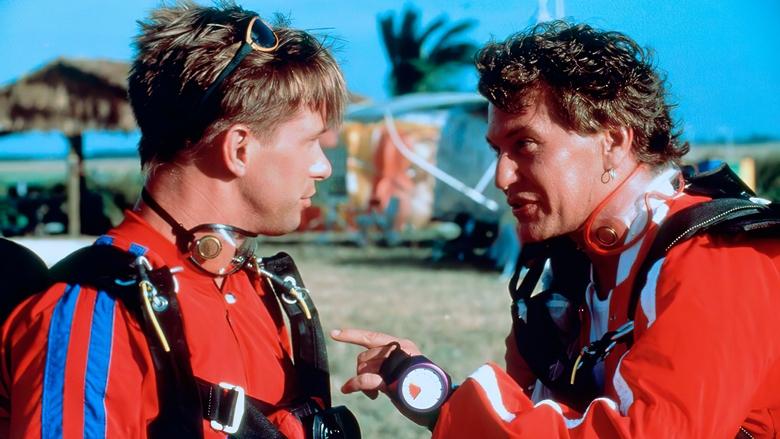
Cutaway (2000)
The successful undercover agent Victor Cooper is assigned for his ninth mission: to find how the loadings of drug is being brought to Miami. He suspects that the drug is coming through the air and joins a team of sky diving, under the leadership of Red Line, a fanatic and considered the athlete number one in this sport in the world. Due to his profile of winner, Vic gets involved with the group and he "disconnects" from his position of infiltrated agent, "connecting" with the team.
Dive to Bermuda Triangle (2004)
There is a mystery there and the answer lies somewhere between Bermuda, Puerto Rico and Miami. Hundreds of boats and planes have disappeared in the ocean with little or no trace at all. Most of these cases can be explained quite easily by human error or bad weather. But there are some that defy all explanation. Theories abound on these causes: Aliens, massive gas eruptions and freak waves. The documentary reveals that the boats and planes face a real danger in a triangle, but the true threat is often as strange as the wildest theory.
Amazing Mighty Micro Monsters 3D (2015)
Super powers exist. Right here on Earth. And they are beneath our feet. They include beetles that shoot chemical fire and lift enormous weights; scorpions that glow in the dark with astonishing crushing powers; spiders that can make themselves virtually invisible and hypnotise their prey; even a bug that can transform itself into another creature entirely. Prepare to be amazed in this 3D giant screen adventure, with narration from the likes of world renowned naturalist David Attenborough, which explores the hidden world of the super-powered bugs.
Sea of Lions (2023)
This documentary captures a deeply personal journey by Argentinian actor and musician, Nicolás Pauls, to the Uruguayan coast. This area hosts two of the world's foremost sea lion colonies. Isla de lobos and Cabo Polonio. A famed sanctuary for hundreds of thousands of sea lions. Pauls presents the two sides of the complex conflict between the local artisanal fisherman, struggling to earn their living and the sea lions who risk their survival in leaving the boundaries of the island.
Been Here Stay Here (2024)
For generations, fishermen have made their home on Tangier Island, in the heart of the Chesapeake Bay on the east coast of the US. Two-thirds of the island has disappeared over the last 150 years, and local people are concerned about rising sea levels—and the lack of progress on reinforcing the sea wall—but the church remains the bedrock of this small, close-knit community.
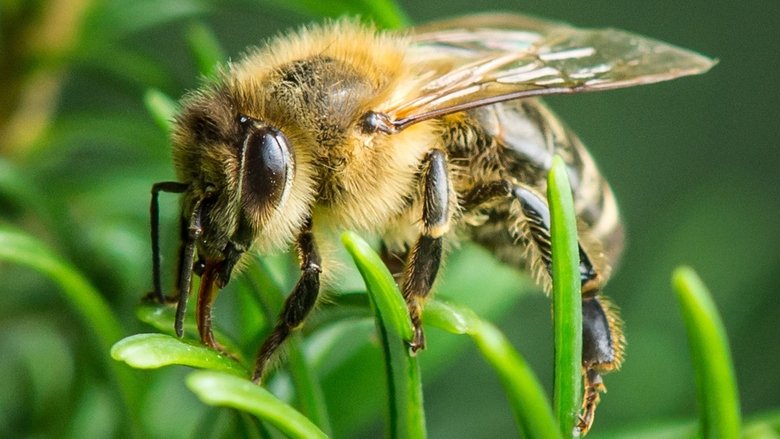

Brasil At A Glance (2024)
A short filmed in Brasil (Brazil). The short showcases the Brazilian state of Minas Gerais, mainly the country side.
Ungezähmt - Im Fluss des Lebens (2024)
We get to know a few inhabitants of central European rivers.
Coal (2025)
CHARBON depicts how Europe was built on fossil fuels over the past 100 years. And how it was torn apart by wars that were the result of these same fossil fuels. During 3 trips to Ukraine, Italy and Iraq, filmmaker Manu Riche explains how he and his French-German family are inseparably connected to the fate of the Iraqi filmmaker and refugee Hayder Helo.
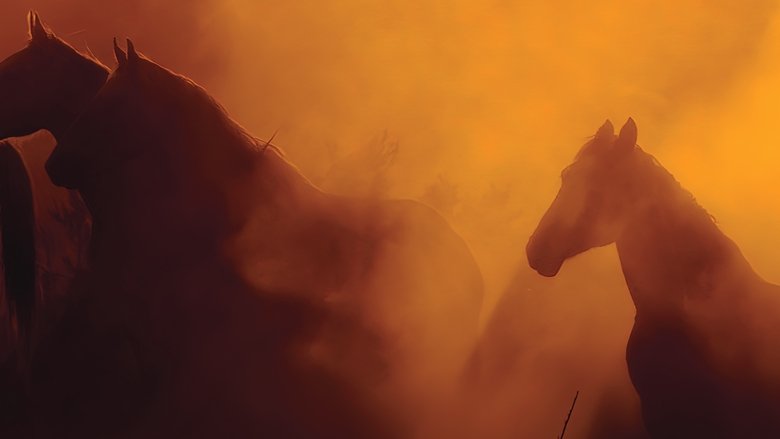
Wild Beauty: Mustang Spirit of the West (2022)
An immersive journey into the world of wild horses, Wild Beauty illuminates both the profound beauty, and desperate plight faced by the wild horses in the Western United States. Filmmaker Ashley Avis and crew go on a multi-year expedition to uncover the truth in hopes to protect them, before wild horses disappear forever.


Kings of South Beach (2007)
This fact-based crime thriller details the downfall of Miami's hottest nightclub. Chris Troiano owns the trendiest nightclub in all of South Beach; a place where the line always winds down the block and only the most beautiful people make it past the velvet rope.

The Grizzlies of Siberia (1999)
Naturalists Charlie Russell and Maureen Enns film recently discovered grizzlies on Siberia's Kamchatka peninsula.

Malika the Lion Queen (2021)
Follows life of Malika, a lioness in South Africa’s Kruger National Park as she battles to survive.